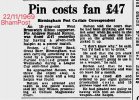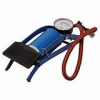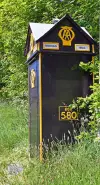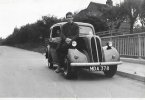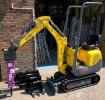Johnfromstaffs
Johnfromstaffs
The old joke that goes “I was walking through a cow pasture when my cap blew off, I tried 3 on before I found it.” Seems appropriate looking at the picture above. I see the foreman on the lower left with his bowler, and the gaffer with his trilby, pipe and moustache. Otherwise caps, caps and more caps!

